Woman Eats Only Boiled Chicken Breast and Cauliflower for 6 Months, Develops Pancreatitis

A 25-year-old Chinese woman was diagnosed with pancreatitis after six months of consuming only boiled chicken breast and cauliflower.
Company Develops Plant-Based Caviar Indistinguishable from the Real Thing
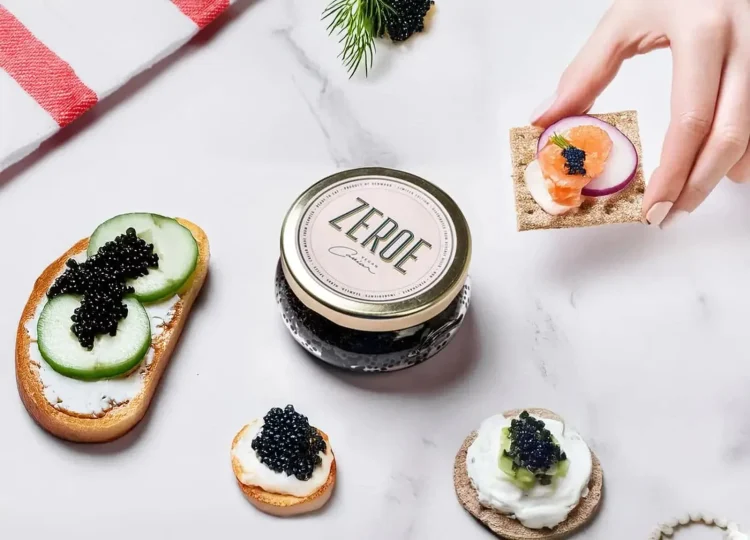
Zeroe Caviar is a plant-based fish egg alternative made from seaweed whose creators say tastes just like the real thing. Plant-based food alternatives have been getting increasingly popular over the last few years, with burgers and steaks among the most targeted categories, but few would have imagined we would one day get a vegan caviar. […]
The World’s Most Expensive Burger Costs $11,000, Is Only Accessible by Invitation

The Asador Aupa restaurant in Spain serves the world’s most expensive and exclusive burger. It costs $11,000 and can only be experienced by those invited by the restaurant. Burgers have gotten considerably more expensive in recent years, but they remain among the most affordable food items on restaurant menus. There are a few exceptions, though, […]
Man Hospitalized After Eating 6.6 Pounds of Gummies in Three Days

A 33-year-old UK truck driver needed emergency treatment after consuming a large quantity of gummies in a relatively short period of time. Nathan Rimington, a truck driver from Yorkshire, reportedly ordered a 3kg (6.6 pounds) container of Haribo Cola Jelly from Amazon after getting a craving for gummy candies. He proceeded to consume the 10,461kcal-worth […]
Brazilian Ant-Infused Cheese Proves Massive Hit
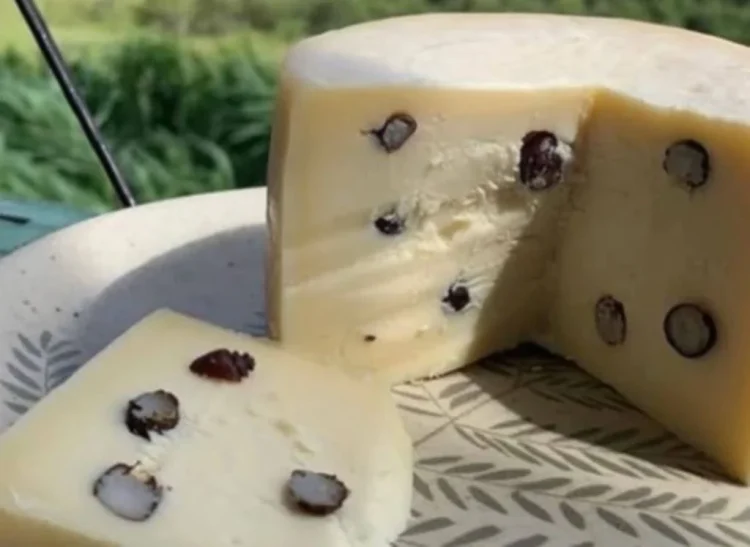
Taiada Silvania is a unique cheese made by a single producer in Sao Paulo’s Caçapava municipality, who thought mixing milk with native leafcutter ants would be a great idea. Camila Almeida, the owner and founder of Estância Silvânia, came up with Taiada Silvania cheese while brainstorming ideas to attract tourists interested in rural attractions. She […]
Company Launches World’s First 9-Volt Battery-Flavored Tortilla Chips

A new Dutch snack brand is trying to draw attention to itself by launching the world’s first 9-volt battery-flavored tortilla chips, a flavor most 90s kids will surely remember. If you grew up during the 1990s, you probably remember the metallic tang and slight buzz you got when you touched the metal tip of a […]
Teenage Girl Almost Dies After Eating Only Veggies and Laxatives for Two Weeks to Lose Weight

A 16-year-old girl from Central China’s Hunan province almost lost her life after attempting a dangerous diet of just vegetables and laxatives to lose weight fast. In a desperate attempt to fit into a new birthday dress, the Chinese teenager, identified only as Mei, adopted a crash diet that landed her in the hospital. For […]
Kaffeost, Sweden’s Unique Cheese-Infused Coffee

There’s nothing strange about adding a bit of milk or cream to a cup of coffee, but in northern Sweden, they prefer a different kind of dairy with their coffee – cheese. Kaffeost is a combination of hot coffee and a particular type of cheese called leipäjuusto, which loosely translates to “bread cheese”. But there’s […]
Stir-Fried Cassia Caterpillars – Vietnam’s Hard-to-Stomach Delicacy
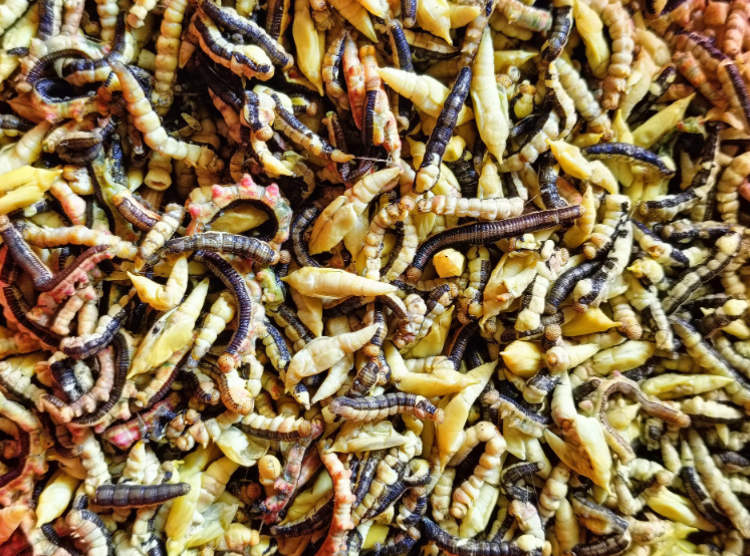
Caterpillars aren’t the most appetizing meal for humans, but for the people of Vietnam’s Central Highlands, they are the main ingredient of a regional stir-fried dish. Every year, in the months of March and April, cassia trees in the central highlands of Vietnam are invaded by an army of yellowish caterpillars that love nothing more […]
Fast-Food Restaurant Inspires Poop Jokes with Bizarre-Looking Menu Item
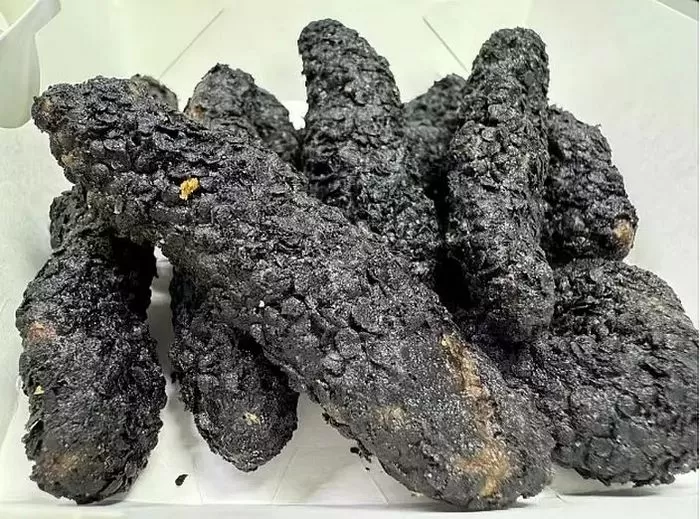
Dico’s, a popular Chinese fast food restaurant chain, has been attracting a lot of attention because of its newest menu item, charred-looking chicken strips that don’t have the most appetizing appearance. Since 2015, Dico’s has been celebrating ‘Krispy Day’ by adding one or two crispy items to its menu, but this year, their newest additions […]
Restaurant Sells Seasoned Bamboo Skewers as Flavorful Zero-Calorie Snacks

A Chinese barbecue restaurant has gone viral for selling bamboo skewers seasoned with a mix of spices, chili, and spring onions to people looking to enjoy the flavor of barbecue without the calories. Last month, Chinese media reported the hottest late-night snack in Southern China, an unusual “dish” called Spicy Bamboo Skewers. Thought up by […]
Solo Garlic – The Single-Clove Garlic You’ve Probably Never Heard Of
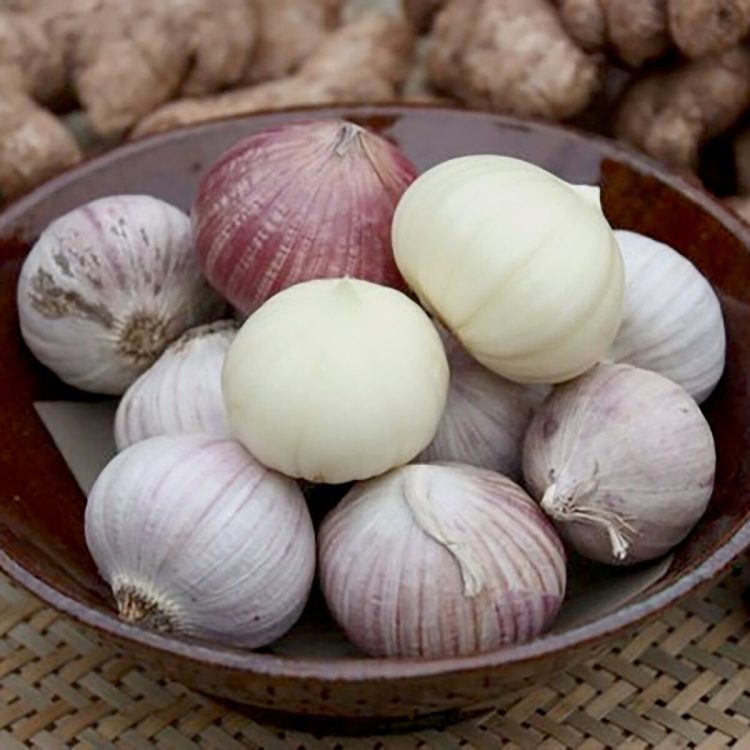
Garlic is probably the world’s most popular seasoning, but most of us hate pealing it about as much as we love to eat it. Having to go through over a dozen clovers per garlic bulb is just not fun, but what if I told you there was such a thing as single-clover garlic? If you […]
Company Sells Bags of Popcorn as Edible Cushioning Material

A Japanese company came up with the genius idea of selling plastic bags of popcorn as an edible alternative to conventional cushioning materials like styrofoam pellets and cardboard. Azechi Foods, a popcorn manufacturer and delicacy wholesaler in Japan’s Kochi City, has become famous for using and selling popcorn not just as a snack but as […]
Restaurant Has Been Frying Burgers in the Same Grease for Over 100 Years
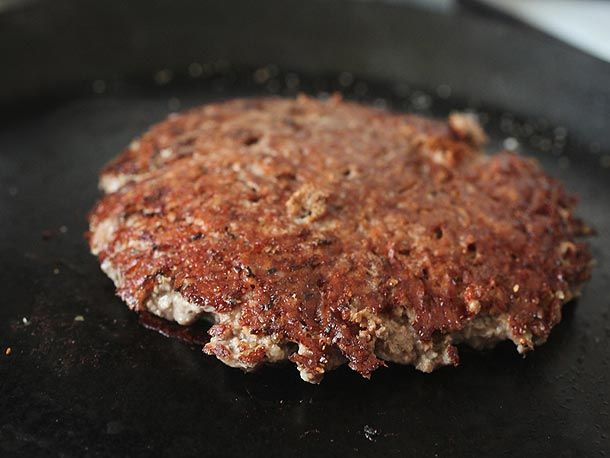
Dyer’s Burgers is a popular Memphis eatery that has been frying its meat patties in the same grease for over a century, claiming it is the secret to its delicious-tasting burgers. Elmer “Doc” Dyer founded his now-famous burger joint in Memphis in 1912, betting on his secret mix of seasonings to make the patties irresistible. […]
Chinese Influencer Eats Pig Feed in Extreme Attempt to Save Money

Popular Douyin streamer Kong Yufeng recently sparked controversy in China by eating pig feed on camera as part of a challenge to live on the cheapest food she could find. On October 30, Kong Yufeng, aka ‘King Kong Liuke’, posted a controversial video on Douyin, China’s version of TikTok, in which she announced a self-imposed […]
